To prepare runners for the inaugural edition of The Great Relay Singapore, which takes place on 13 June, the race organisers Vlad Ixel and Eti Rodriguez have organised a series of practical trail running clinics at Singapore’s MacRitchie Reservoir Park.
Both are accomplished trail runners
Ixel and Rodriguez, both from Australia, are accomplished trail runners with several podium finishes to their name. Ixel has clocked victories at well-known trail races in the region, such as the recent TransLantau 100km event in March this year and the The North Face Singapore 100km. He has also finished third in the Vibram 100km Hong Kong Ultra World Series.
Rodriguez, on the other hand, has chalked up victories in races such as The North Face’s 50km event in Singapore in 2013 and successfully defended the title in 2014. As well, he has won the Stampede 50km in New Zealand in 2014, and The Most Beautiful Thing (TMBT) 50km in Malaysia in the same year.
First Trail Running Clinic for The Great Relay Singapore
I attended the first of the trail running clinics for the race, which took place last Saturday evening at the MacRitchie Reservoir Park. During the clinic, Ixel and Rodriguez gave us all some useful tips about uphill and downhill running on trails. We were also taught some stretches and yoga poses that we should adopt, in order to increase our flexibility – when running. At the same time, we were also taken out on a trail run – led by the accomplished duo.
Here are some highlights from the running clinic on Saturday.
Uphill Running
For uphill running, Ixel says that taking very small steps are important. He explained, “You should take very small steps when you are running uphill as it will take more energy to pump blood around your body during uphill sections.” So by taking small and controlled steps, you will not waste your energy – which is important in a trail ultra marathon.
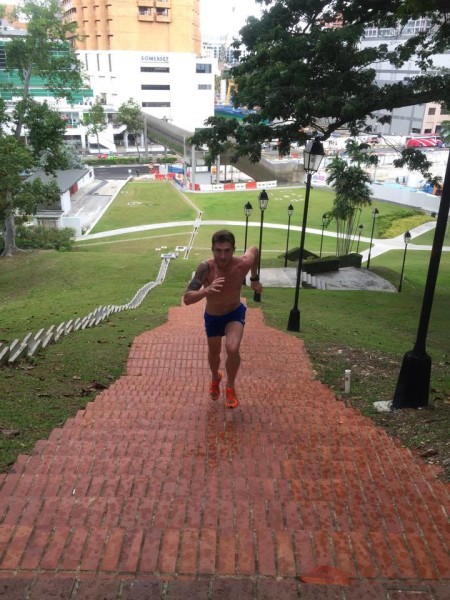
If you employ the correct technique when running uphill, you won’t waste energy. (Photo: Vlad Ixel).
At the same time, you should try and avoid running on the unbalanced areas of the trails, such as rocky areas – especially when pushing off on an uphill part of a trail race. This is because you will waste up to 30 per cent of your energy by pushing off in an unbalanced part. While this may not matter for short trail runs of about two to three hours, it will definitely make a huge difference in a 50km or 100km event – and determine whether you finish the run in, for example, 11 hours or 16 hours.
So instead, try and choose areas that are as smooth as possible – when you are pushing off to run an uphill section during a trail race.
However, in the event that you are too exhausted to actually run uphill during trail ultras, Rodriguez advises runners to power hike up the slope – as this will help save more time and energy, compared to slow walking.
Downhill Running
According to Ixel, the downhill sections of the trails are very important if you are running for a podium position – or a good personal timing. That’s because the time that you can make up is massive – about two to three seconds per downhill section – if you are able to run the downhills well.
Ixel’s main advice is that you should run the downhills with your body weight and centre of gravity as close as possible to the ground. At the same time, keep your legs going fast. In fact, he added that the best trail runners are not the tall people. Rather, they are the small and short ones who are able to stay close to the ground when they run.
Also, it is important not to tense up, but instead, allow yourself to relax when you are running downhill. The main problem with many trail runners is that they are scared that they will fall when running downhill, and as a result, their muscles tense up – and this will ultimately affect their running performance.
“So just relax and allow yourself to take it easy. In fact for me, I am not even breathing hard when I am going downhill,” Ixel had added.
Stairs and Ramps
Generally, during a race, Ixel recommends that you should stay away from stairs as much as possible – if you have a choice. So if you are faced with stairs or a small ramp, you should choose the ramp option anytime – as this will improve your overall race timing.
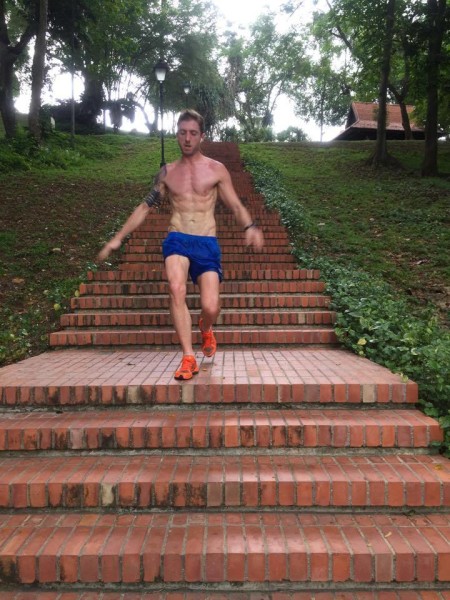
Running down the stairs is quite similar to downhill running in terms of technique. (Photo: Vlad Ixel).
But for training sessions, he recommends that you do stairs as much as possible. That is because stair training, if done regularly, builds leg strength and endurance – which will bode well for your trail races in the long term.
At the same time, Ixel also demonstrated to us how to run up and down stairs in the middle of a trail run. This is pretty similar to uphill and downhill running.
Barefoot Running
According to Ixel and Rodriguez, doing some barefoot running is generally good for training, because it helps to build up and strengthen the muscles in the lower leg and foot – that you may have otherwise neglected when you wear thick, padded running shoes. In the long term, it will reduce the rate of injuries.
But if barefoot running is completely new to you, do not go all out and suddenly run 20km or 30km without shoes. That will only increase your risk of injury. So instead you should build it up very slowly – and if you have to, start with a barefoot walk, not run. Over time, your lower leg and foot muscles will eventually get stronger.
As well, Ixel and Rodriguez also demonstrated to us, some barefoot exercises that we should do – to build up our strength and stability for trail running. I found these very informative and useful – and if I set out to do these regularly, I know for sure that I will definitely see the improvements over time.
Stretches and Yoga Poses
According to Ixel, doing some stretches and yoga poses on a regular basis will definitely improve your flexibility too. At the same time, these will also improve key muscle areas, such as the hips and the glutes – which are essential for trail runners when pounding the trails. He then proceeded to demonstrate to us, a few of the ones that he does daily himself. I must admit that some of these exercises, were completely new to me, but others were modified versions of basic stretches such as squats and lunges.
Added Ixel, “When I started running, I was doing research on other athletes – because there’s not too much information on trail running out there. So I looked at the training habits of professional tennis players, soccer stars and American footballers.” And what Ixel soon found out from these professional athletes, was that stretching was very important for every single one of them. In fact, their warm-up sessions can last up to one hour and the cool-down session will be for another hour. So what Ixel subsequently did then, was to take a little leaf out of their book.
“Many ultra trail runners believe that they don’t need to stretch simply because they are not required to go fast in their sport. But stretching is important for all athletes. If you don’t stretch, your muscles will be tight and you won’t move so freely on the trials. So I highly recommend stretching. Even 10 minutes of stretching will make a massive difference,” explained Ixel.
But when the running clinic participants attempted to do these yoga poses and stretches ourselves, all of us soon discovered, to our dismay, that we weren’t very flexible. In fact, I could really feel my muscles protesting – during this session – especially when my positions had been “corrected” by Ixel and Rodriguez. Joked Rodriguez, “Even my grandmother, who’s wheelchair bound, is a lot more flexible than all of you!”
Finally, to end the session, we were taught how to breathe through the stomach, rather than via our chest. According to Ixel, many trail runners are often gasping for breath when they run, because of wrong breathing mechanisms. But breathing through our stomach is a lot easier than it may first appear to be.
Overall Comments
This was definitely a very informative clinic on trail running. If you are serious about improving your trail running, then I think it is certainly worth attending – as you will really learn a lot from these two gurus about running on the trails.
Upcoming Clinic Sessions
If you missed last Saturday’s session, Ixel and Rodriguez will be conducting other similar sessions throughout the week. The content of all these clinics are pretty similar – so attending one or two sessions would be sufficient.
The dates and times of Ixel and Rodriguez’s upcoming trail running clinics are as follows.
Friday 3rd of April @ 7:30am from MacRitchie Reservoir
Saturday 4th of April @ 7:30am from MacRitchie Reservoir
Sunday 5th of April @ 7:30am from MacRitchie Reservoir
Monday 6th of April @ 8:00am from MacRitchie Reservoir
Tuesday 7th of April @ 8:00am from MacRitchie Reservoir.
Clinics are $45 per person and registrations are currently open on racematix (https://www.racematix.com/site/#entry:rac/73:0:A).
There will also be a free talk by Ixel this Wednesday evening, 1st April. For more information, please check details at: https://www.facebook.com/events/483139485169438/

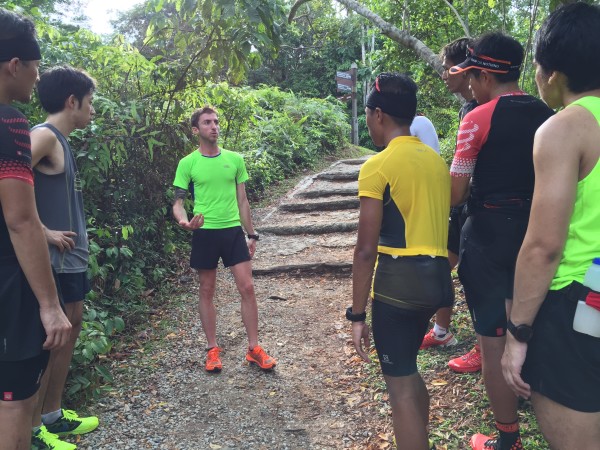
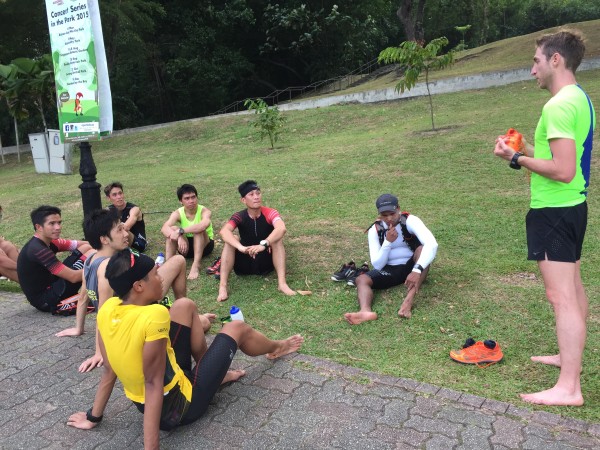
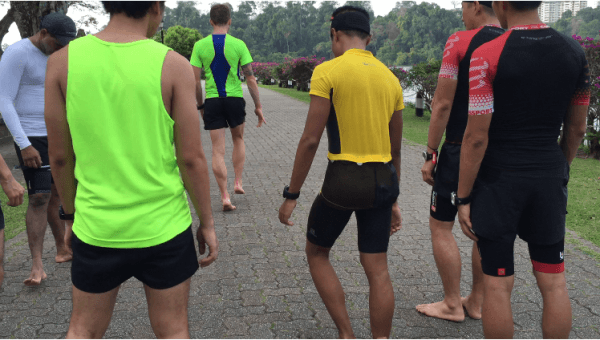

Thanks Priscilla for your reply. I am very tempted ro sign up , but I have a bad cough so got to give it a miss.
Thanks!
Have a speedy recovery and when you are better, you can focus on training for The Great Relay.
Hi I would like to sign up for Tuesday training, but not sure whether is on because I do not see any one sign up. On the other hand, I do not run fast,
is it still advisable to join? Thanks!
Hi Christine,
I think you should just sign up and see what happens. Today is only Sunday so there’s still 2 more days. Many may be sitting on the fence like you. And it’s all right if you don’t run fast cause this training clinic is for everyone – as long as you are a runner.